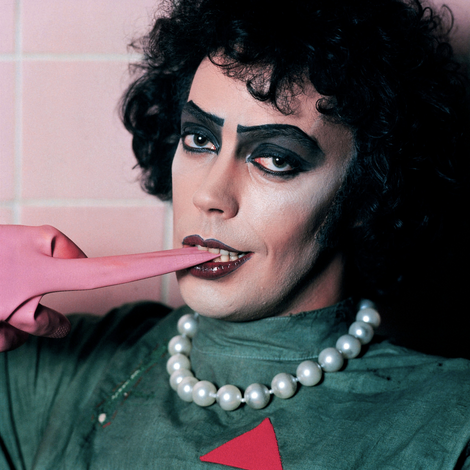In 1953, John Steinbeck wrote a story called “Positano” for Harper’s Bazaar. “Positano bites deep,” he mused. “It is a dream place that isn’t quite real when you are there and becomes beckoningly real after you have gone.” His evocation of the place would spur an onslaught of high-profile tourists—Maria Callas, Elizabeth Taylor, Rudolf Nureyev, and Liza Minnelli among them—who showed up at the seafarers’ village in hats from Bergdorf Goodman, à la mode cotton dresses, and bikinis.
Though celebrities brought the Amalfi Coast into our collective modern consciousness, they weren’t the first people to fall for the area’s dramatic cliffs and impossibly blue sea. In the first century A.D., to escape assassination attempts in Rome, Emperor Tiberius began the construction of Villa Jovis, a sprawling residence atop one of the peaks of Capri. Many other prominent Romans followed suit.
In 1786, the German writer Johann Wolfgang von Goethe traveled to Naples, then was lured south along the coast. In his writing, he described it as “the land where the lemon trees blossom, [and where] the golden oranges glow amid dark foliage.” Similarly, in the 1880s, Richard Wagner wrote the second act of his opera Parsifal, the tale of a questing Arthurian knight, in Ravello. Oscar Wilde visited Sorrento a decade later and sipped wine in seaside cafés with the poet Lord Alfred Douglas.
The traction in the 1950s meant that over the next decades, houses of splendor were constructed or restored in a flurry of activity. In the 1970s, Mariano and Rita Pane, a family of Sorrento shipowners, bought Waldorf Astor’s 1905 neoclassical villa in Sorrento, preserving its English-style tropical gardens, Roman sculptures, and frescoes. A few miles away, Gore Vidal restored a house called La Rondinaia on the southernmost hilltop of Ravello.
In 1924, the choreographer Léonide Massine bought Li Galli, an archipelago between Capri and the coast. He called his friend Le Corbusier for advice, and they dreamed up a whitewashed villa of solemn décor. In 1989, 10 years after Massine died, Nureyev bought Li Galli. He added a collection of rare majolica tiles to the property.
A few miles away, Alba Primiceri Clemente, Francesco Clemente’s wife, restored her family home on a hilltop above the town of Amalfi. “The home consists of a maze of rooms,” she said at the time, “in which the vaulted spaces and the landscape prevail.” Art by her husband graces the rooms, as does furniture by the Italian designer Ettore Sottsass.
A new book out this month, Ana Cardinale’s Amalfi Houses: Architectural Gems on the Italian Coast, fills just over 200 pages with the most exceptional houses on the coast. Many of these properties remain as charming as they were decades ago. And many, as Steinbeck wrote in his article, are “corkscrewed on the edge of nothing.” —Elena Clavarino
Elena Clavarino is a Senior Editor at AIR MAIL









